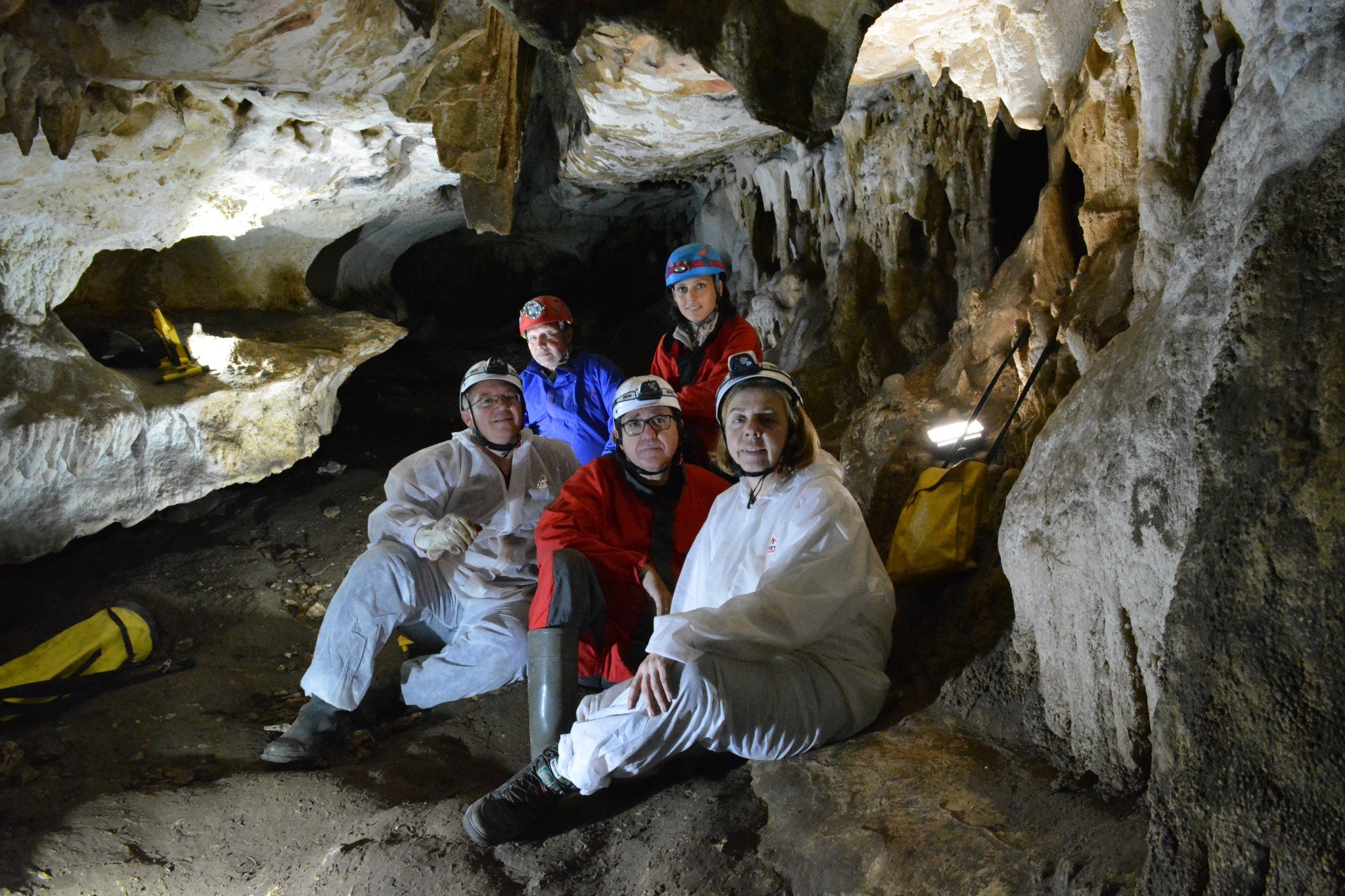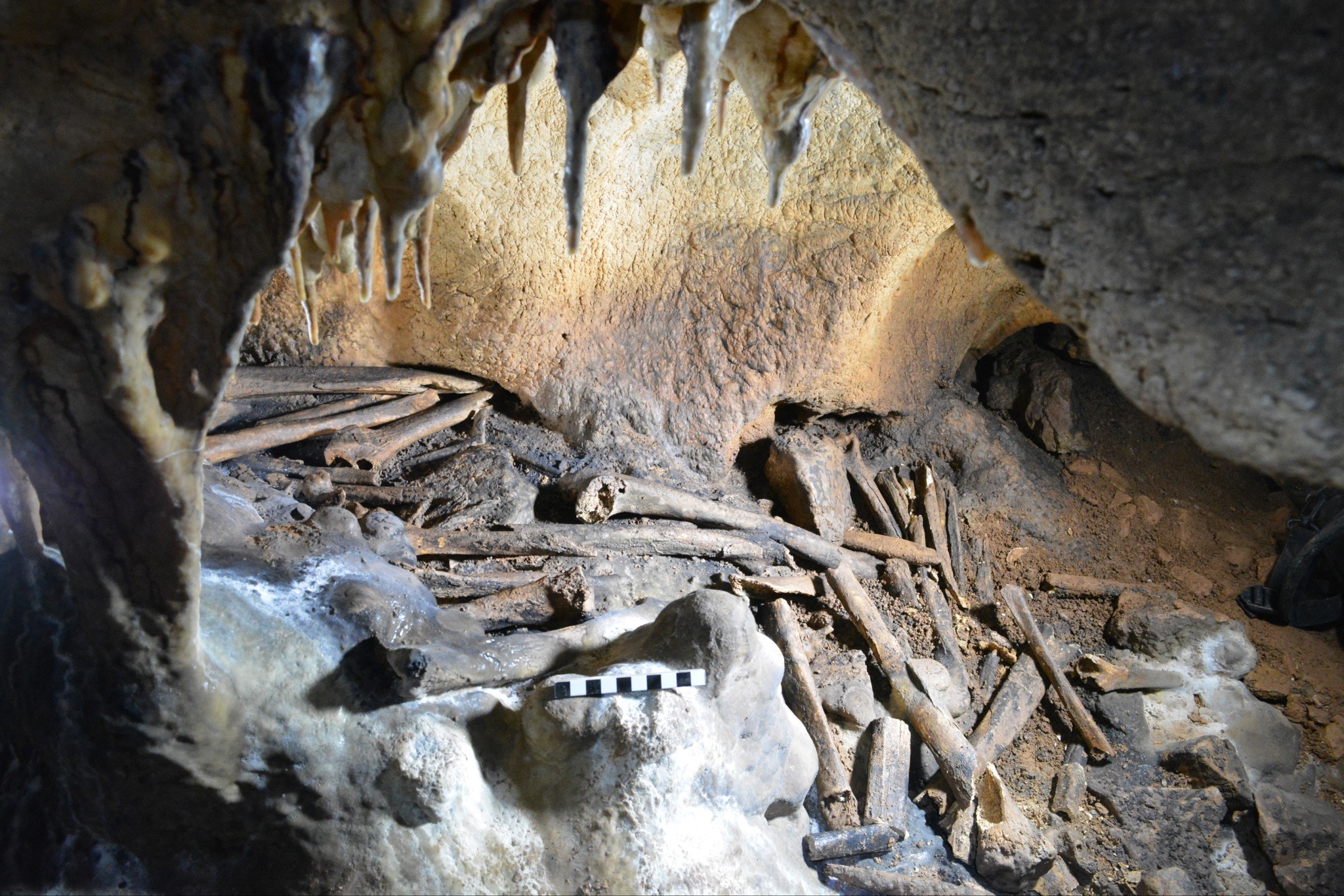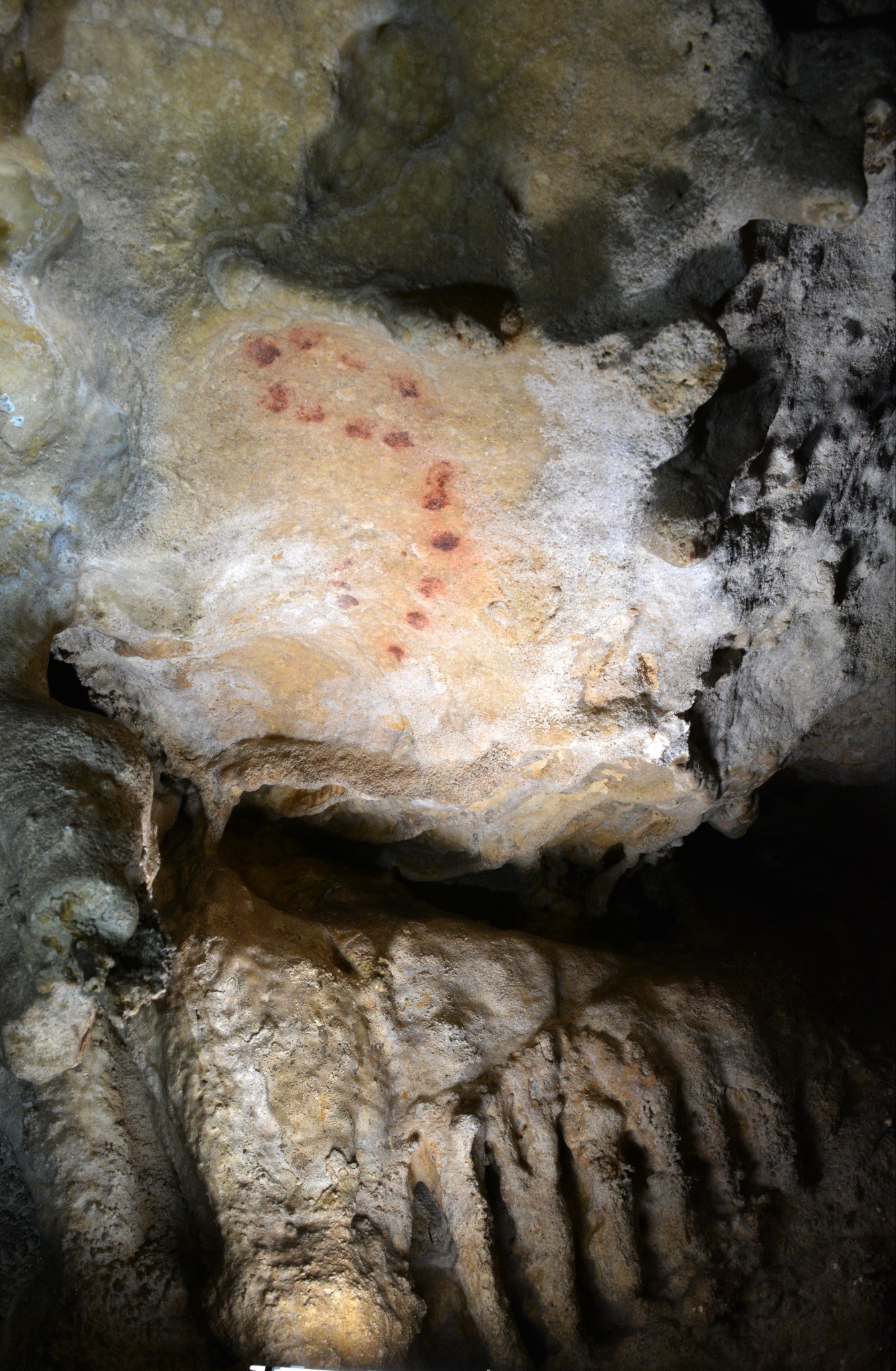Iberia: An Isolated Refuge in the Paleolithic
Two international paleogenomic studies, in which the Institute of Evolutionary Biology (IBE-CSIC-UPF) has participated, have gathered DNA data from hunter-gatherers up to 35,000 years old to complete the story of human populations in Europe during the Ice Age.
Two international research teams analyzed the ancient DNA of more than 100 hunter-gatherer individuals from Eurasia, with both studies published simultaneously in Nature Ecology and Evolution and Nature on March 1, 2023. The results reveal that the Iberian Peninsula served as a climatic refuge for Paleolithic populations during the coldest period of the Ice Age, the Last Glacial Maximum. The survival of these populations contributed to genetic continuity in Europe, as evidenced by the remains uncovered in the research.
The first study includes genomic data from a 23,000-year-old individual from southern Iberia, the Malalmuerzo Cave (Granada), during one of the coldest moments of the Ice Age, when large parts of Europe were covered by ice sheets. This study also includes new data from Neolithic individuals dating between 7,000 and 5,000 years from well-known archaeological sites in Andalusia, such as the Ardales Cave.

Photo by Pedro Cantalejo: Malalmuerzo Cave with Vanessa Villalba, postdoctoral researcher at IBE during the investigation.
The second study, which involves more than 100 individuals from before and after the Ice Age in Eurasia, also includes hunter-gatherers from the Iberian Peninsula, such as the 27,000-year-old individuals from the Catalonian sites of Mollet III and Reclau Viver (Girona), which predate the Last Glacial Maximum. Both publications fill in the temporal gaps in previously unexplored regions, thus increasing knowledge of the genetic history of the Western Eurasian Paleolithic.

Photo by Pedro Cantalejo: human bones in the Ardales Cave.
The Iberian Peninsula plays a key role in reconstructing the history of human populations due to its location in the southeast of Europe, which made this territory a cul-de-sac for Eurasia. For this reason, the Iberian Peninsula is considered both a sink and a source of population movements during the Paleolithic, which experienced drastic contractions and expansions before and after the Last Ice Age. In fact, previous genomic studies, with data as old as 13,000 years, have already shown the survival and legacy of a much older Paleolithic lineage than in other parts of Europe, where it was replaced.
It is also known that the genetic ancestry of individuals from Central and Southern Europe before the Last Glacial Maximum differs genetically from those who inhabited Central Europe after the Ice Age. However, the genetic landscape of Western Europe remained unknown due to a lack of genomic data from individuals who inhabited Europe before and during the Last Glacial Maximum. Thanks to these two new studies, this gap in the history of the Iberian population has been filled.

Photo by Pedro Cantalejo: Rock art in the Ardales Cave.
The genetic continuity of the discovered remains reveals the role of the Iberian Peninsula as a climatic refuge
Both studies describe a direct genetic connection between a 35,000-year-old individual from Belgium and individuals from Iberia and France who lived before or during the Last Glacial Maximum, showing significant genetic continuity in Western Europe.
"The coldest period of the Ice Age is correlated with significant population movements and replacements in Central Europe, but this does not seem to be the case for the Iberian Peninsula," explains Vanessa Villalba-Mouco, who conducted her postdoctoral research at the Institute of Evolutionary Biology (CSIC-UPF), IBE, and currently works at the Max Planck Institute for Evolutionary Anthropology. She is the first author of the study published in Nature Ecology and Evolution and co-author of the study in Nature.
This genetic continuity over tens of thousands of years underscores the role of the Iberian Peninsula as a refuge for populations during the Ice Age, acting as a climatically protected region where human groups survived before spreading again across Europe.
"Moreover, it is not only possible to trace a genetic connection with individuals from a period close to the Ice Age, but even with the first Upper Paleolithic populations that inhabited Eurasia more than 45,000 years ago," adds Vanessa Villalba-Mouco, Postdoctoral Researcher at IBE during the study.
The genetic legacy of the Ice Age also characterizes the groups that expanded from the "southern refuge" into Western and Central Europe, where they formed a cultural horizon known as the "Magdalenian," dating from 17,000 to 12,000 years ago. "This prolonged genetic continuity is exceptional, especially since the genetic lineage present before and during the Ice Age in the Iberian Peninsula had already been replaced in other parts of Europe by that time," adds Wolfgang Haak from the Max Planck Institute for Evolutionary Anthropology, lead author of both studies. On the other hand, the authors did not find genetic connections with North Africa through the Strait of Gibraltar, which separates the two continents by just 13 km.

Photo by Pedro Cantalejo: Tooth recovered from the Malalmuerzo Cave.
"Even though sea levels dropped by 150 meters during the Last Glacial Maximum, we did not detect genetic influences from North Africa, demonstrating that the Strait of Gibraltar remained a formidable geographical barrier for human population movements," adds Carles Lalueza-Fox, Principal Investigator at IBE and current director of the Natural Science Museum of Barcelona (MCNB), co-author of the study published in Nature Ecology and Evolution.
The study published in Nature Ecology and Evolution also includes much more recent individuals dating from the Neolithic, a time when agriculture and livestock farming developed in Europe. The Neolithic individuals from Andalusia possess the characteristic ancestry of Neolithic groups from Anatolia, indicating that these early farming groups expanded over long geographical distances.
"However, the Neolithic individuals from Southern Iberia have a higher proportion of hunter-gatherer ancestry, suggesting a much closer interaction between the last hunter-gatherers and the first farmers in Southern Iberia than in other regions," says José Ramos-Muñoz from the University of Cádiz and co-author of the study.
"Surprisingly, it is still possible to trace the Paleolithic genetic legacy in the first farmers of Southern Iberia, which suggests a local mixture between two populations with different lifestyles," concludes Gerd C. Weniger from the University of Cologne and co-author of the study.

Photo by Pedro Cantalejo: Research team at the Ardales Cave.
Referenced articles:
Villalba-Mouco, V., van de Loosdrecht, M.S., Rohrlach, A.B. et al. A 23,000-year-old southern Iberian individual links human groups that lived in Western Europe before and after the Last Glacial Maximum. Nat Ecol Evol 7, 597–609 (2023). https://doi.org/10.1038/s41559-023-01987-0
Posth, C., Yu, H., Ghalichi, A. et al. Palaeogenomics of Upper Palaeolithic to Neolithic European hunter-gatherers. Nature 615, 117–126 (2023). https://doi.org/10.1038/s41586-023-05726-0
